Journey
 AJ Jackson
AJ Jackson

 AJ Jackson
AJ Jackson
Fall 2021
Chelsea, New York
This building is designed to create a new environment that goes against the uniformity and predictability of an office space. With floors shifted in different directions and voids created from these shifts, this building becomes a system of differentiality. Single, double, and triple height spaces creating vertical gardens allow for the natural world to come into the office space while the use of smart glass incorporates individuality, personalization, and variability to the office space while also reducing the use of energy within the building by controlling sunlight. The urban space was created using stepping planes to create different height spaces beneath the ground level of the building. The opportunity to be in multiple different spaces, whether that be underground, in the air, stepping up or down will create a feeling of serendipity of anybody who interacts with this space, never being bored to go to work. The geometry and technology combined is the foundation of the systematic variability with which this building presents.







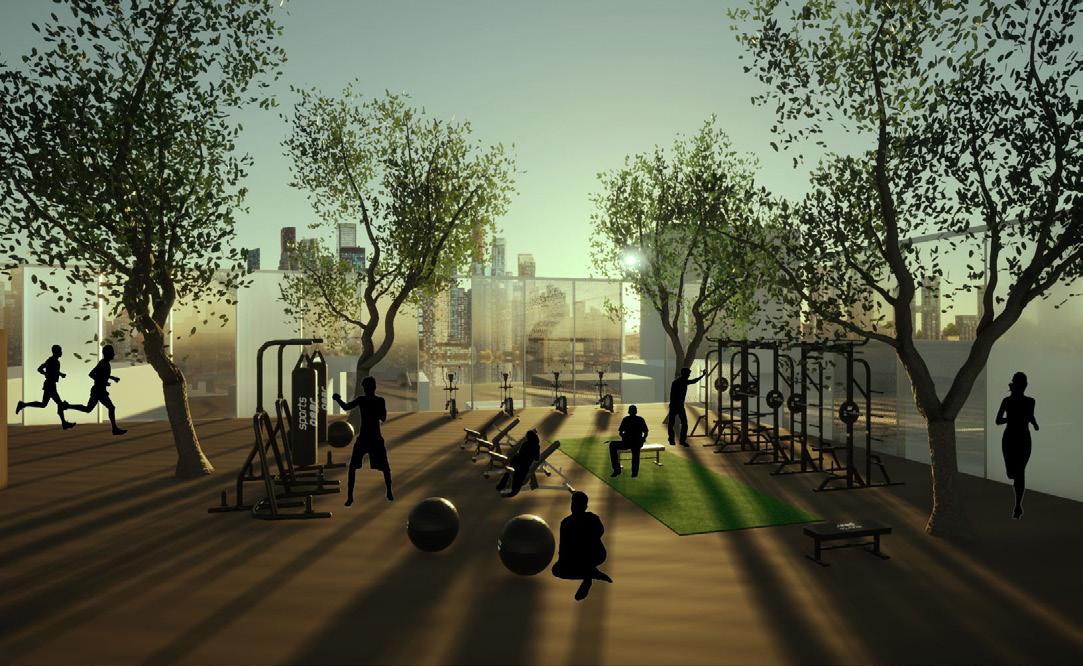

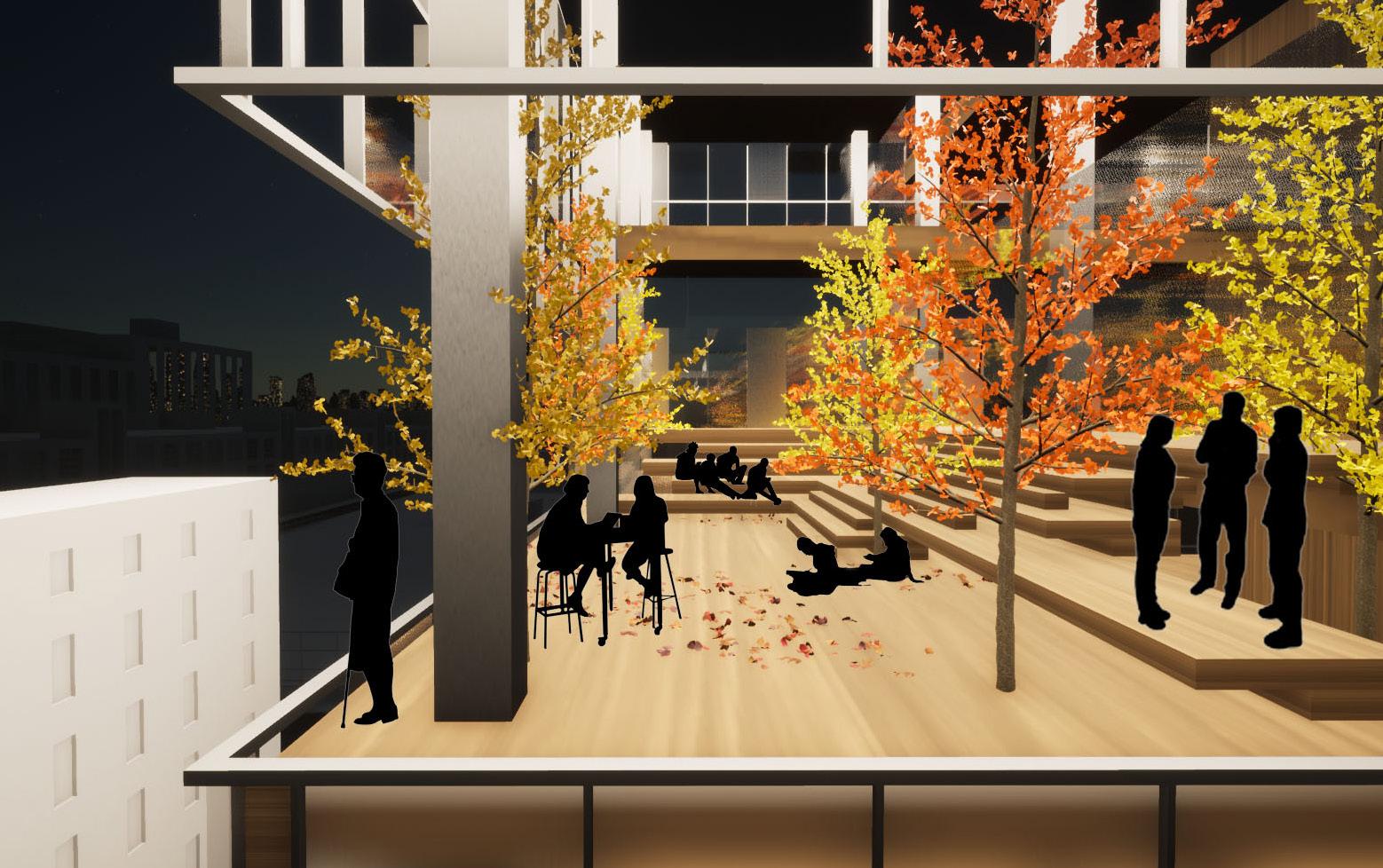





With Los Angeles being one of the cities with the highest mortgage and rental prices, it leaves housing to be unafforadable and creates a financial burden to many. This design overcomes these high Los Angeles housing prices by taking advantage of the site. This ultimately makes a profit from the owner’s residence and profit from additional rental units on the site, introducing a new typology to Los Angeles tourism and housing.
Fluid resembles the fluidity in the curved roof design and the ongoing greenroof along the hills, the fluidity of rainwater throughout the unit, and the constant fluidity of renters in the units.
The use of greenroofs, a water reuse system, and natural pools create a sustainable environment within and around the units to make living more affordable and pollution-free. These systems allow for new ecosystems to form and avoid distrupting the exisitng ecosystem by implementing a design just like that of its site. With the new technological use of 3D printing we are able to carve into the hill for these units (to avoid disruption of the view from the hill) and reuse the resources carved out into the making of the walls and roof of the design.
Fluid’s goal is to start a new sustainable future in land and resource use and to give back to the environment with which residential design is placed.


The roof of the residential using the material extracted These materials consist well as local California promote sustainable resource advantage of the 3D printing walls, roof, greenroof countertops, bed frames, allows for cost efficiency and avoids any waste






























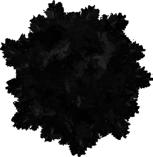





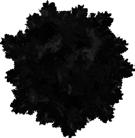


























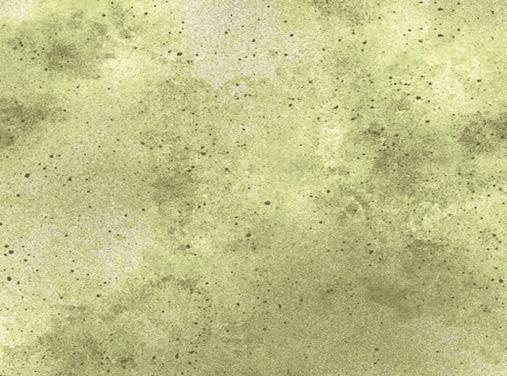






The greenroof consists sedum, and plant material. directly outside the vertical are from the inside of becomes the main grass as unwalkable space and lays. Sedum gathers a mudslides and flooding, the California area. Lastly bush like plants are strategically lights to allow for privacy They also outline the from step offs. Aquatic natural pools, these filter bacteria and ultimately The exterior steps on circulation from the rental units below. These paths across the roof surrounding the site. In the areas of the roof greenery is placed, grid greenery keep the plants them from moving around it rains.






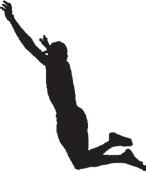




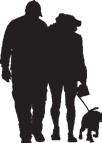



















Fall 2022


Genoa, Italy
The Public House orchestrates a journey by harmonizing the private and public realm, the palazzo and villa typology, as well as the garden and streetscape of Genoa. To continue the evolution of the palazzo and villa, we took the function of the palazzo and expanded it horizontally to be absorbed by the garden and tranformed the singular palazzo into compartmentalized buildings with dedicated programs.
The layout consists of five buildings surrounding a centralized plazza, designed to transition between Genoa’s garden chain and the urban grid of plazza Colombo. the expanded organization of the site invites users to journey throughout each compartmentalized building through the central plazza.


design allows for free external circulation without violating the privacy of building interiors, while also creating serene spaces for users to step out and view the garden.The wood symbolizes the relationship between the public house and the garden as it resembles the trees that fill the garden. The journey is evident through these thresholds from the outside carapace to the lush interior, the loggia to the indoors, and from building to building.
THE EVOLUTION OF THE PALAZZO + VILLA
By combining elements of the palazzo + villa such as the form of the palazzo (a block with a central void, usually a quadrilateral) in an urban grid and the garden of the villa, a new evolved palazzo + villa is designed; bringing on a new typology for urban design in Genoa, Italy.



THE URBAN GRID


The form of the design came from existing urban grid. The irregular shape of the design is a response of the combining of three different grids in the surrounding area, in which the design becomes an intersection of all surrounding programs and thus becomes the hub for public gathering, community conversation and integration.
Above are the precedents that went into inspiring the understanding of a palazzo and a villa and how they are used in the design of the Public House. On the top left is Palazzo Doria Tursi with Villa Zerbino on the bottom left. On the right shows the design of the Public House, highlighting what was taken from each precedent. MASTERPLAN















Inspired by Ryan Gravel’s initial intent for the BeltLine, this project aims to provide an affordable housing solution for all incomes that reflects the diversity of Atlanta. The site is located along the Beltline, a former railway corridor that now encircles Atlanta’s urban core with walking paths and urban amenities. Each unit is designed with a specific demographic in mind, to create a mixed income community. A modular design allows this building to be constructed quickly and inexpensively, while the placement of units determines its form. This way of constructing creates an open, porous design where private balconies and public terraces weave through the units to encourage outdoor living and socialization. The first levels of these buildings are designated for small businesses and community organizations to provide job opportunities and essential services for residents, furthering the support of affordability.
 AJ Jackson & Carter Bertram ARCH 3530
Professor David Franco Spring 2023 Atlanta, GA
AJ Jackson & Carter Bertram ARCH 3530
Professor David Franco Spring 2023 Atlanta, GA




Inspired by Ryan Gravel’s initial intent for the BeltLine, this project aims to provide an affordable housing solution for all-incomes that reflects the diversity of Atlanta. The site is located along the Beltline, a former railway corridor that now encircles Atlanta’s urban core with walking paths and urban ammenities. Each unit is designed specifically with Atlanta’s diverse demographic in mind, to create a mixed-income community. A modular design allows this building to be constructed quickly and inexpensively, while the placement of units determine its form.This way of constructing creates an open, porous design where private balconies and public terraces weave through the units to encourage outdoor living and socialization. The first levels of these buildings are designated for small businesses and community organizations to provide job opportunities and essential services for residents, furthering the support of affordability.







DEMOGRAPHIC DISTRIBUTION









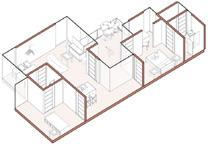









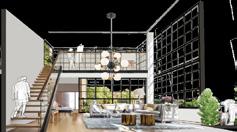












ajackson0313@gmail.com
